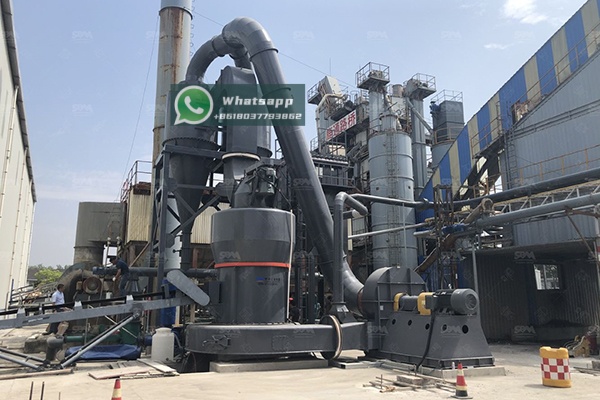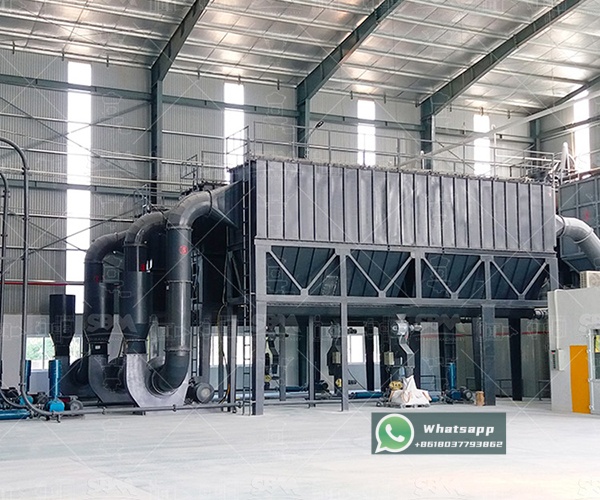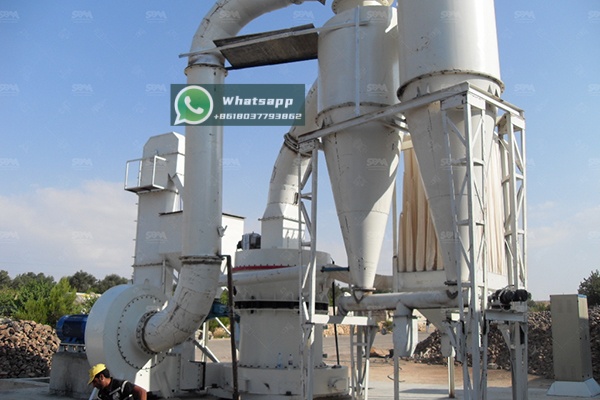The global transition to clean energy and electric mobility has created unprecedented demand for lithium, a critical component in lithium-ion batteries. Spodumene, a pyroxene mineral containing lithium aluminum inosilicate, represents one of the most important sources of lithium extraction. The efficiency of spodumene processing heavily depends on the grinding technology employed to liberate lithium values from the host mineral. This article explores the technical requirements for spodumene grinding in European lithium production facilities and presents advanced milling solutions.
Spodumene processing requires precise particle size reduction to optimize lithium recovery rates. The mineral’s hardness (6.5-7 on Mohs scale) and abrasive nature present significant challenges to conventional grinding equipment. Inadequate grinding can lead to insufficient lithium liberation, while overgrinding increases energy consumption and may create downstream processing difficulties.
European lithium projects face additional challenges including stringent environmental regulations, high energy costs, and the need for compact plant footprints. These factors necessitate grinding solutions that offer high efficiency, low operational costs, and minimal environmental impact.

Successful spodumene processing demands grinding equipment with specific characteristics:
Shanghai Zenith Machinery Co., Ltd., an excellent manufacturer of ore grinding equipment with significant achievements in ultra-fine powder grinding, offers specialized solutions tailored to the European spodumene processing market. Among their comprehensive product range, two mills stand out for spodumene applications.
The MTW Trapezium Grinding Mill represents an ideal solution for primary and secondary grinding of spodumene ore. With multiple patents and an eco-friendly design, this mill handles spodumene’s abrasive characteristics while maintaining operational efficiency.
| Model | Max. Feed Size (mm) | Final Size (mm) | Capacity (t/h) | Main Motor (kW) | Application in Spodumene Circuit |
|---|---|---|---|---|---|
| MTW138Z | <35 | 1.6-0.045 | 6-17 | 90 | Primary grinding |
| MTW175G | <40 | 1.6-0.045 | 9.5-25 | 160 | Medium-scale operations |
| MTW215G | <50 | 1.6-0.045 | 15-45 | 280 | Large-scale production |
The MTW series features curved air duct design, internal efficient powder separator, and easy maintenance access—all critical factors for European operations where downtime costs are substantial. The mill’s ability to produce final product as fine as 0.038mm makes it suitable for achieving the optimal particle size for spodumene flotation and subsequent lithium extraction.
For operations requiring ultra-fine grinding to maximize lithium liberation, Zenith’s LUM Ultrafine Vertical Mill offers superior performance. This mill integrates grinding, drying, classifying, and transportation functions while occupying minimal space—a significant advantage for European facilities where real estate comes at a premium.
| Model | Main Machine Power (kW) | Capacity (t/h) | Size Distribution D97 (μm) | Ideal Application |
|---|---|---|---|---|
| LUM1525 | 220-250 | 1.6-11.5 | 5-30 | Fine grinding circuit |
| LUM1632 | 280-315 | 2.0-13.5 | 5-30 | Medium-scale fine grinding |
| LUM1836 | 355-400 | 2.3-15 | 5-30 | Large-scale ultra-fine grinding |
The LUM series features intelligent control systems that allow European operators to precisely control grinding parameters, ensuring consistent product quality while optimizing energy consumption. The mill’s ability to produce products with high content of end-fines significantly improves downstream lithium recovery rates.

European lithium projects typically employ multi-stage grinding circuits to balance capital costs with operational efficiency. A typical configuration might utilize:
This staged approach minimizes overgrinding and reduces overall energy consumption—critical considerations given Europe’s high electricity prices and carbon reduction targets.
European lithium producers face particularly stringent environmental regulations. Zenith’s grinding equipment addresses these concerns through:
The economic case for advanced grinding technology becomes compelling when considering the total cost of ownership. While initial investment may be higher than conventional mills, the combination of reduced energy consumption, lower maintenance costs, and improved lithium recovery rates typically delivers payback periods of under 24 months in European operating conditions.

A recent project in Portugal demonstrates the effectiveness of Zenith grinding technology in European spodumene processing. The operation implemented an MTW215G Trapezium Mill for primary grinding and an LUM1632 Ultrafine Vertical Mill for regrinding duties. Results included:
As European lithium production expands, grinding technology continues to evolve. Key trends include:
Shanghai Zenith Machinery continues to innovate in these areas, ensuring their grinding solutions remain at the forefront of European lithium production technology.
The success of European lithium production from spodumene deposits heavily depends on selecting appropriate grinding technology. The combination of hardness and abrasiveness in spodumene ore demands robust, efficient milling solutions that can operate within Europe’s strict regulatory framework and high-cost environment.
Shanghai Zenith Machinery’s MTW Trapezium Grinding Mill and LUM Ultrafine Vertical Mill offer European producers technically advanced solutions that deliver operational efficiency, environmental compliance, and economic viability. As the European lithium industry continues to develop, these grinding technologies will play a crucial role in establishing competitive, sustainable lithium production to support the continent’s clean energy transition.
With proven performance in actual operations and continuous technological innovation, Zenith grinding equipment represents a sound investment for European lithium producers seeking to optimize their spodumene processing circuits while meeting the region’s unique operational challenges.